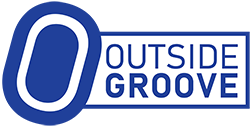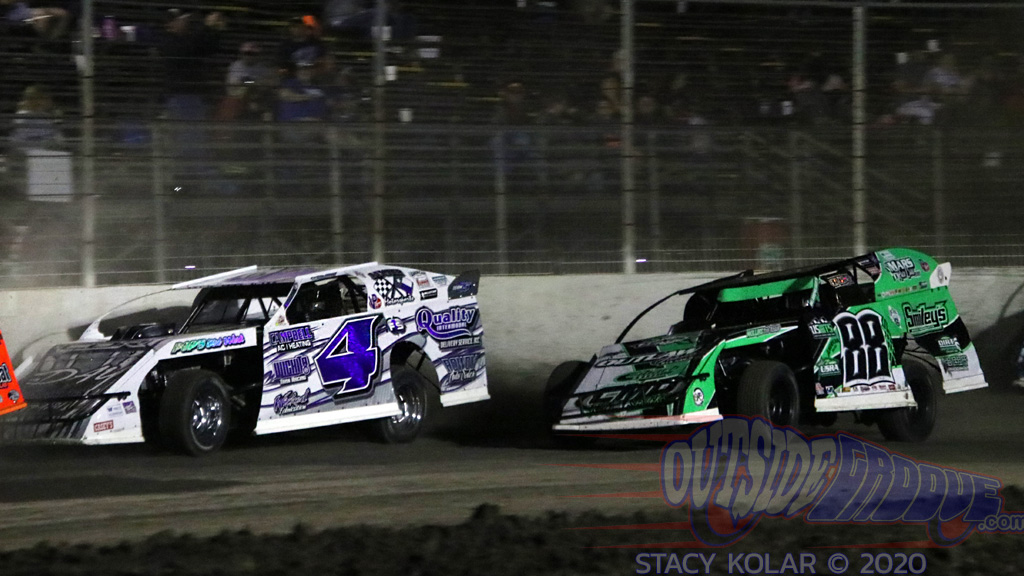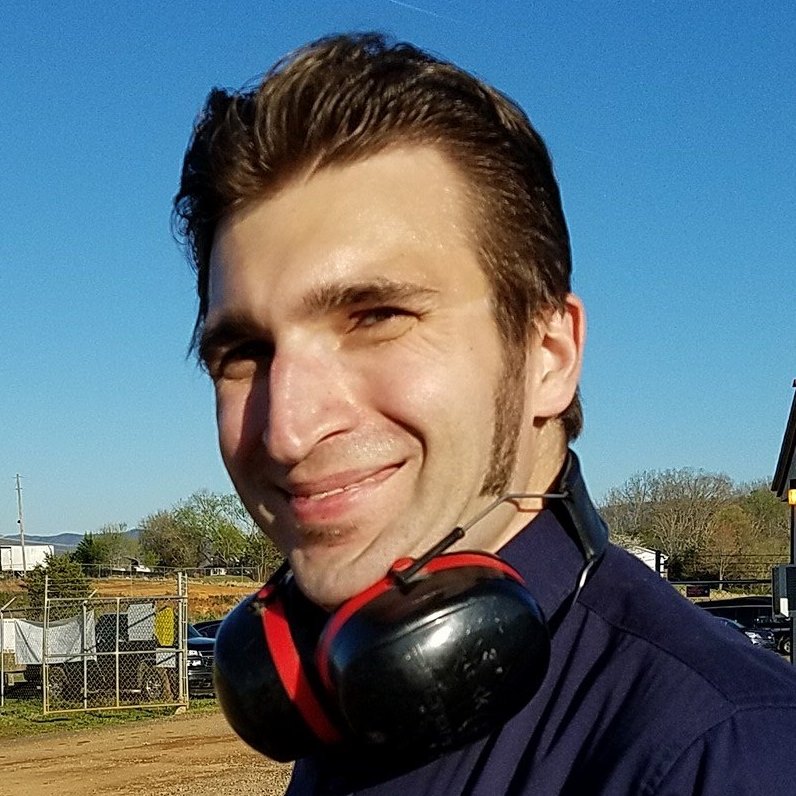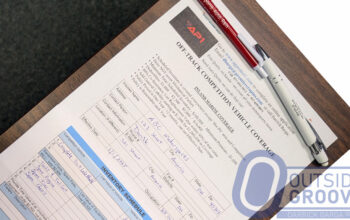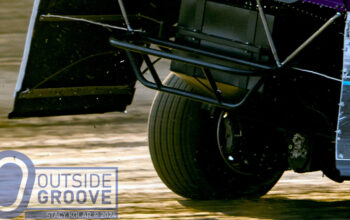Several racetracks across the country have opened for the season, despite the Covid-19 pandemic. Not even a groundhog could have predicted the unprecedented measures local, state, and federal governments have taken to combat a pandemic of proportions unseen in more than a century. Many industry insiders are closely watching these pioneering tracks to see how they fare operating under today’s circumstances. We spoke with three tracks who were among the first to test the waters — The New Raceway Park in Jefferson, South Dakota; RPM Speedway in Crandall, Texas; and Tri-County Race Track in Brasstown, North Carolina — to gain insight into how they conduct business during these times.
The Path to Opening
The reopening of the facilities did not occur overnight. Promoters put in a lot of work before holding their first events.
“We worked for about six weeks with our county commissioner, judge, and emergency management coordinator to come up with this plan,” said Kevin Rogers, of RPM Speedway. “We sent [the plan] to [the county officials]. Then, they came back and said, ‘Here’s what we agree to.’”
South Dakota remains one of the few states that has not enacted restrictions due to Covid-19. Nevertheless, the government still expressed concerns about the plans that The New Raceway Park had for its season opener.
“The Governor’s office, her aides, the Department of the Health, and, [the state’s] person from the CDC office were in a teleconference with me, and boy did they ever show their displeasure in us trying to do [a race] with spectators, even though we have a 1,500-seat capacity in our grandstands and we cut it back to 500,” said Steve Kiraly, of The New Raceway Park. “I thought [about it]. You know, I got worrying about it, too.
“I’m not worried about the spectators, because we could distance them. [But,] what about when the race cars go out on the track? We got their pit crews going down [to watch] and we only have a small area for them. That’s where we were running into a problem. So, we decided [to] pull the spectators out of the equation. Then, all these pit crews can watch from the grandstand. I talked to one of [the Governor’s] aides and told them [of the plan]. Boy, they were ecstatically pleased that we decided pull the spectators out. That changed the whole equation.”
Tri-County Race Track ran without spectators as well.
“I didn’t ask [the government authorities about having spectators],” said Ray Cook, of Tri-County Race Tack. “I knew I wouldn’t [be able to have them]. Everything is shut down in North Carolina. I was just trying to get 30 cars on the grounds so we could do the deal live on Dirt on Dirt.
“I’ve been working on this since they first shut everything down. [I asked] everybody I could think of — the sheriff’s department, the health department, county commissioners … I even called the neighboring county sheriff. We tried to let everybody know. I didn’t want to [put on a race] and halfway through the night get shut down.”
Safety Measures Enacted
RPM Speedway became one of the first tracks to host spectators on May 1. They limited general admission sales to 500 fans, roughly 25% of capacity, and presold tickets to limit lines. Rogers then got word out about the social distancing restrictions via social media.
“We placed a point of emphasis before we opened our gates [via social media] that [the government is] giving us this leeway to operate with these restrictions,” Rogers said. “We’re going to have to abide by them or the alternative is we probably won’t be able to operate anymore. Everybody was respectful to make that happen.”
RPM Speedway used “a lot of duct tape,” according to Rogers, to help fans distance themselves as well as closing every other row off.
“We had a few extra [people working], who made sure people knew where the hand sanitizer station was, helped keep the restrooms sanitized, and walked around the bleachers, reminding people [to distance].”
The one area RPM Speedway found challenging was its concession area. Customers had to wait in line six feet apart, with only two customers inside the stand.
“When you’re only letting in two at a time, it cuts your productivity down by 40% to 50%,” said Rogers. “Usually, we can get 10 to 15 folks in there.”
Tri-County Race Track limited the pits to 25 teams, with two crew members each, for their show on April 30. They sectioned off the stands to place distance between the teams when they watched their cars on the track. Haulers were spread out 25 to 30 feet apart. Concessions were closed.
The New Raceway Park checked attendees’ temperatures prior to entry to the pits and required face masks when they opened for the year on April 26. Vendors were on hand to sell face masks if people did not have them. They parked haulers 20 feet apart. The track limited teams to 10 crew members per pit. For this upcoming weekend, they reduced that number to six.
“We averaged 4.3 people per pit area,” said Kiraly. “We cut it back because of the people who were overindulgent. Most people are afraid of this virus and respect it. They don’t want to bring anybody but their own, true pit crew.”
Concessions at The New Raceway Park were open, with social distancing measures in place.
“We didn’t run an intermission,” Kiraly said. “We didn’t want everyone coming up to our concession area at the same time. Concession sales suffered a little bit from that.”
The New Raceway Park’s remodeled bathrooms served today’s Covid-19 era well.
“The bathrooms were put in about five years ago,” said Kiraly. “Everything’s touchless. You don’t have to flush. You hold your hands under the spigot — they’re automatic. The soap dispensers are the same way.”
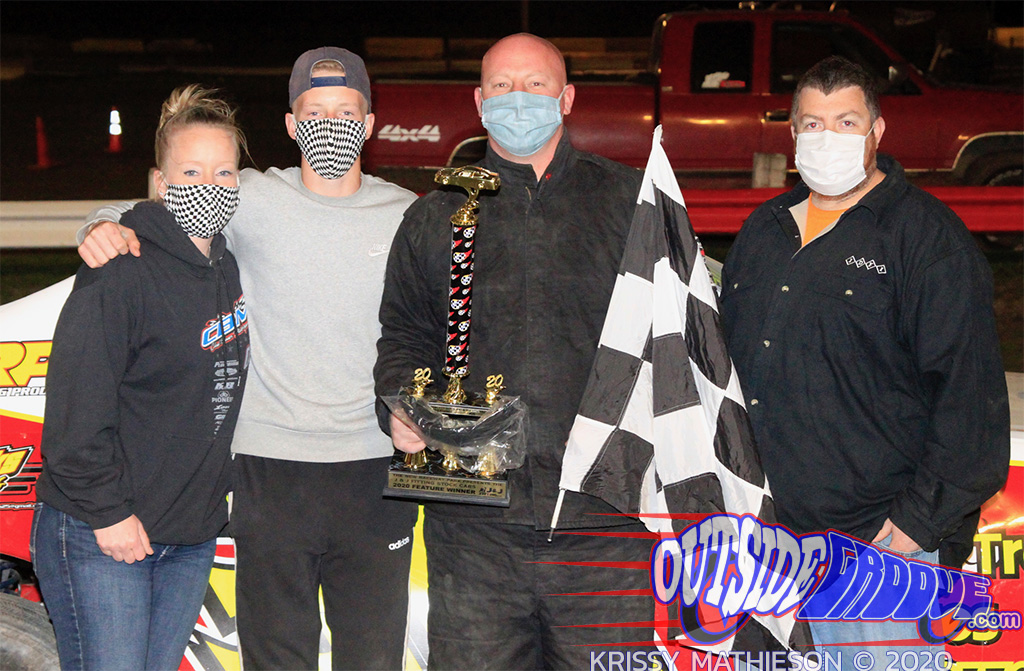
How Did it Work?
The New Raceway Park had 92 cars among five IMCA-sanctioned divisions. RPM Speedway had 135 cars among six divisions during the USRA program. Tri-County Race Track had 25 among only one division.
“We had to limit [car counts],” Kiraly said. “We could have had 600 cars. People offered to pay us to race.”
The New Raceway Park limited its field by prioritizing those racers who supported the track throughout last season. Then they opened it to others on a first come basis.
“The first time it took two days to fill that list,” said Kiraly. “[For this Sunday,] it only took six hours to get filled.”
For tracks that only allowed crew members to attend, that increased the average admission price.
“Instead of paying the $15 to get in [through general admission], they paid $40 or so — but that alone wouldn’t do it for us [to become profitable],” Kiraly said.
All three promoters streamed their events live. The New Raceway Park through Advantage Racing TV. RPM Speedway through Race On Texas. Tri-County Race Track through Dirt on Dirt.
“We have to have Advantage Racing TV,” said Kiraly. “That gets us over the edge to where we can do it.”
Tri-County Race Track’s event was sponsored by Schaeffer Oil and Pit Stop USA, with additional proceeds from Dirt on Dirt.
“We knew what we were going to make before we got there,” Cook said. “There was a limit on [how many] people could come, and that was it.”
Cook, ever the glass-half-full type of guy, found a few perks to an audience watching from home.
“We didn’t have to worry about advertising — sticking flyers on windows in stores,” Cook said. “It was raining that morning [of the event]. Normally, if it’s raining that morning, you’re hoping the fans are not changing their minds for the whole day. I wasn’t really worried about it. We knew that people were going to be watching from their homes — the rain wasn’t going to run anybody off.”
The New Raceway Park made money from their event, and then donated over $5,000 to the Community Action Agency of Siouxland in Sioux City, Iowa, a non-profit that helps low-income families. Some fans donated what they had paid for tickets (when the track was intending to have spectators) and some racers donated their winnings.
“I thought we were going to lose our tail,” said Kiraly. “Advantage Racing TV said, ‘If we’re going racing this year, we want this to work for you and us.’ So they came up with a formula where they would charge a little bit more and offer more to us. That’s the only thing that saved this.”
Despite having spectators, unlike many other tracks, Rogers is concerned about the long-term sustainability of the current model at RPM Speedway.
“It’s sustainable until everybody gets rolling again,” Rogers said. “Then you may see some of the car counts decrease. It’s going to be up to us to give them a reason to choose RPM on Friday nights.”
Regardless, Rogers remains hopeful.
“When you can only operate at 25% [capacity] … we knew it wasn’t going to be a big moneymaker,” Rogers said. “For the foreseeable future, it will work for us. We knew it was worth doing because it was just good to be back at the racetrack.”
Cook echoes Rogers’ sentiments.
“I was glad to be able to do it,” Cook said. “[It took] everybody’s mind off this virus for at least three to four hours.”
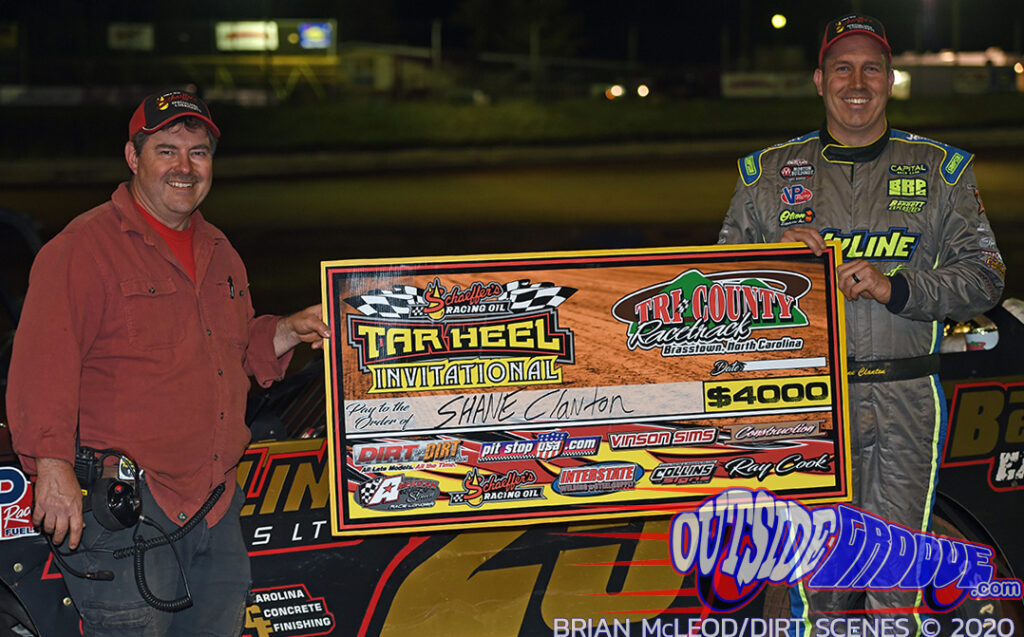
Coming Up
RPM Speedway puts on their second event this Friday, May 8. It will not be streamed live.
The New Raceway Park holds its second event Sunday, May 10. See it live on Advantage Racing TV.
Ray Cook helps promote another event Thursday, May 7, at Senoia Raceway in Georgia. See it live on Dirt on Dirt.
Outside Groove Note of Transparency: All photos courtesy of the respective tracks that they were taken at.
The Outside Groove Executive Editor has covered motorsports since 2000. His many awards include the 2019 Eastern Motorsport Press Association (EMPA) Jim Hunter Writer of the Year and the 2013 Russ Catlin Award for Excellence in Motorsports Journalism.
